Wandermore91
Jr. Member
- Joined
- Feb 19, 2018
- Messages
- 76
- Reaction score
- 41
- Golden Thread
- 0
- Location
- New England
- Primary Interest:
- Other
Apologies for misspelled title, can’t edit it 🤓. I’m going to keep trying this until I get it right! Pulled this from under a lightly used dirt road nearby to a site I found. Could it be a hammerstone? It’s incredibly polished. A very hard and heavy stone. What would have been the “bottom” in comfiest grip position is coincidentally dimpled.
Thanks
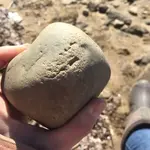
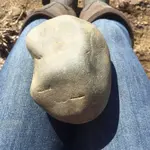
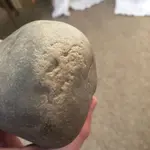
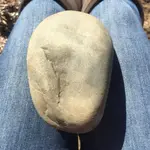
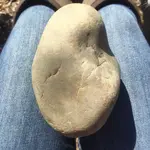
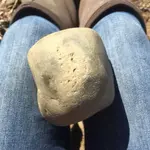
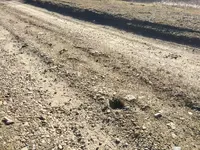
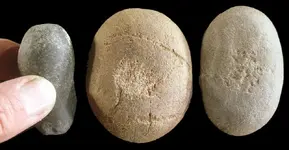
These are hammerstones from Illinois. Comparing the impact marks they look very similar to me..
Thanks








These are hammerstones from Illinois. Comparing the impact marks they look very similar to me..
Last edited:
Upvote
0



